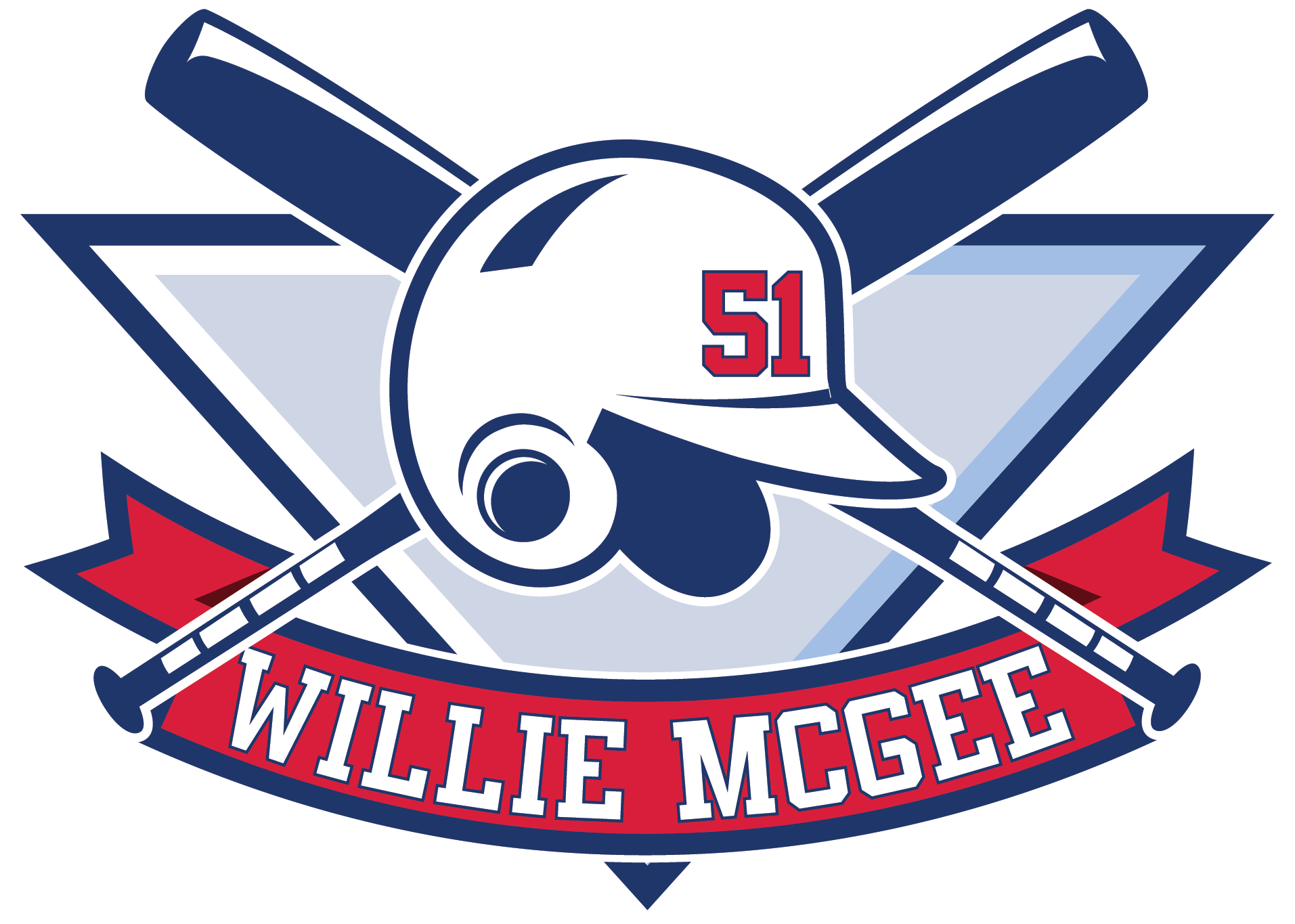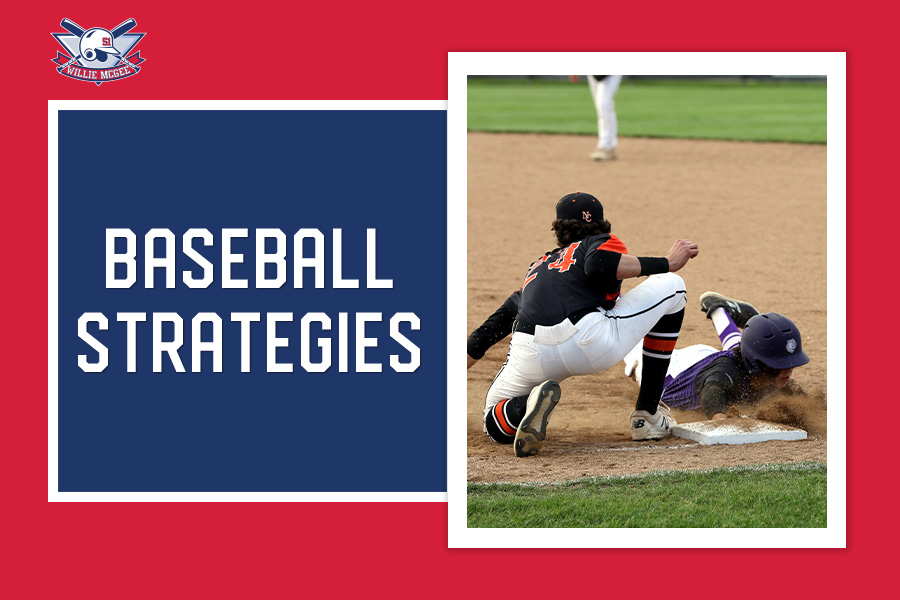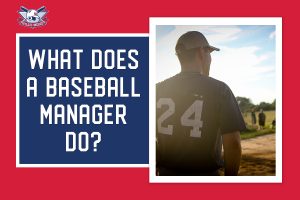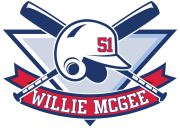Baseball is a challenging team sport that demands cooperation from every player to be successful. As a former professional baseball player, I can attest that baseball strategies can make or break a game.
Baseball strategies and tactics differ from game to game, and they may even need to change in the middle of the game, depending on the circumstances. This was my major motivation for learning the most crucial baseball techniques, and it should be yours as well.
The Most Important Baseball Strategies
One of the rare games where strategy may triumph over skill is baseball. A successful game approach, however, considers various aspects rather than just one.
The strategy that the coach will implement is determined by the batter’s skill, the pitcher’s methods, and the number of outs yet to be recorded. Each team’s strategy is different, and each team executes it differently.
Offensive strategies
My team implemented offensive methods to put the team in the greatest possible position to score runs.
Popular offensive strategies
The most popular offensive strategies are:
- Hit and run
- Bunting
- Lineup creation
Hit and run
When a base runner starts to steal while a pitch is being thrown, it is called “a hit-and-run”. The hitter swings to make contact despite where the pitch lands in the interim.
The runner must effectively steal the base to advance. They are more likely to get a base hit if contact is made.
Bunting
Bunting is tapping the ball with the bat while holding it out rather than swinging it. The goal is to smash the ball close to the pitcher or third baseman, so they must field it.
Types of bunting strategies include:
Sacrifice
Bunting is most frequently utilized as a sacrifice play. A player bunts when a base runner moves from first to second or second to third.
The idea is for the base runner to get closer to home by “sacrificing” the batter by being thrown out at first.
Squeeze play
Taking off as the pitch is thrown in the hopes that the player bunting will make contact with the ball is known as “a squeeze play”.
The runner will almost certainly be out if the bunter misses.
Lineup creation
My coach used to tell us, the players, that deciding the batting order is one of the most important aspects of a baseball game. To determine my place on the field, several rules were considered: a player’s strengths and weaknesses.
A leadoff batter often runs quickly, has a high on-base percentage, and is a skillful baserunner. The team’s best hitters are located in the third, fourth, and fifth positions.
Hitters who are competent on their own but aren’t the best contributors to the team should be at the bottom of the lineup.
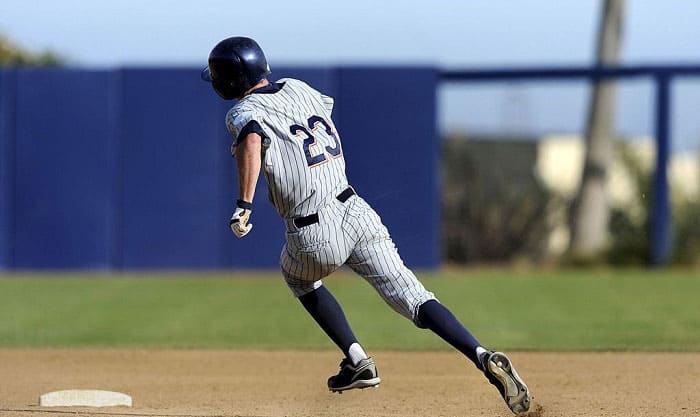
Types of offensive strategies
There is an individual offensive baseball strategy and a team offensive baseball strategy.
Individual offensive baseball strategies
The hitter typically has their own plan for attacking a specific pitcher. Typically, this attempts to predict the sort of pitch that will be delivered.
The hitter’s success may be greatly affected by the pitch type. Batters may observe pitchers to learn what pitches a pitcher favors on particular counts.
They could also observe how the pitcher moves to determine if a particular release or motion indicates the type of pitch being thrown.
The catcher’s actions, or the ball’s spin as it leaves the pitcher’s hand, will also be used by batters to attempt to interpret the pitch.
Team offensive baseball strategies
My baseball coach decided our team’s offensive plan based on the game’s circumstances. We frequently employed the hit-and-run play.
Our baserunner would begin to move as soon as the pitcher threw the pitch. The batsman then attempted to strike the ball.
As a result, he is at a disadvantage but has a far higher chance of moving forward.
Defensive strategies
Defensive positioning
My coach would place us to play to our strengths whenever he devised a defensive plan. He would divide the group into the following four groups:
- The infielders – quick reaction time with hands and strong throws
- The outfielders – arm strength, long-distance throws, and speed
- The first basemen – catching or scooping the ball
- The catcher – catching and blocking balls, a leader
Baseball fielding strategy
Using the right fielding method might also help to strike out hitters. Depending on the batter, the outfield or infield will frequently move to the left or the right.
It can be because the batter pulls the ball frequently or because they bat with their left or right hand.
They could also change positions if they anticipate the pitcher throwing the ball inside or outside. In this method, they may anticipate the likely location of the ball’s impact. The fielders have a higher chance of reaching a hit ball because of this location.
Pitching
Any baseball team will focus its defensive plan on the pitcher. The main line of defense is the pitcher. Depending on the pitcher’s style, he decides how the rest of the defense will line up and play.
Some pitchers throw dipping pitches that frequently result in ground balls. A robust infield is required in this situation.
Other pitchers make pitches that will result in many fly balls. The remainder of the defense is so set up and adept at catching fly balls.
The pitcher will devise their own special plan of attack. Over time, they will practice certain pitches, including the fastball, curveball, change-up, and slider.
The majority of pitchers will specialize in one or two pitches. They will then use these pitches to deceive the batter.
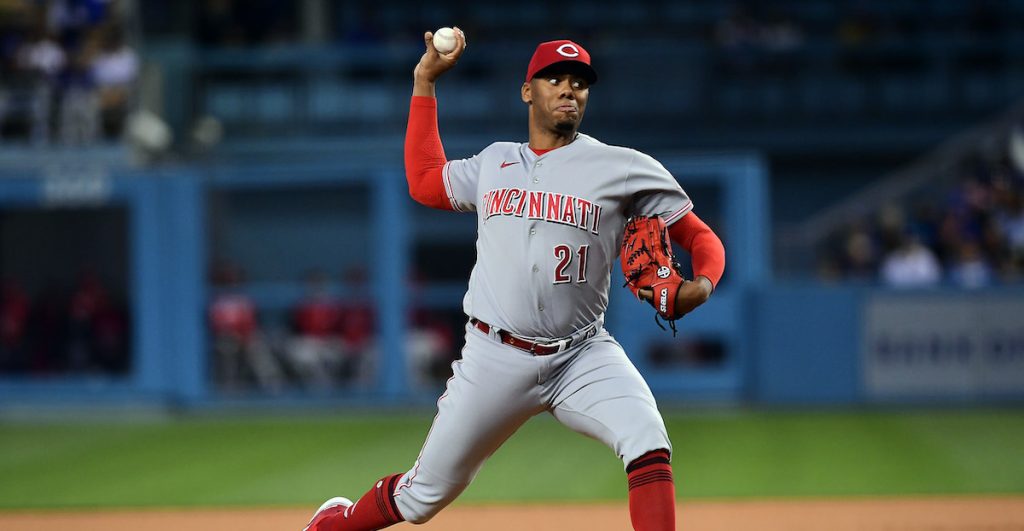
Pitching Strategies
The most popular pitching strategies are:
- Fastball
- Curveball
- Change-up
- Slider
- Knuckleball
Fastball
The quickest pitch that is thrown is a fastball. This is due to the pitch’s straight nature, with little break or curve.
Curveball
When a topspin is used in the pitch, the pitch is called “the curveball”. The ball will shift or curve as it gets closer to the plate; as a result, making it more challenging to hit.
Change-up
A pitch that is deliberately delivered slowly is called “a change-up”. The pitch is intended to seem to the batter to be a fastball while actually being considerably slower, tricking him into swinging early.
Slider
A slider responds in a manner akin to both fastballs and curveballs. Compared to the curveball, it often pitches faster but with less movement.
Knuckleball
The knuckles, not the fingers, are used to contact the baseball when throwing a knuckleball. The ball can be hurled in this manner with little or no spin.
Small-ball strategies
“Small ball” is a phrase used in baseball to describe a team’s offensive tactic. It is played by the entire team and is centered on scoring runs with minimal extra-base hits.
Players who use small ball methods may bunt while at bat and hit long or high fly balls. Additionally, it uses small ball methods to advance a runner into scoring position by setting up a hit-and-run play with a grounder.
My coach would usually decide to implement small ball tactics if:
- The team felt certain that their pitching staff would allow relatively few runs
- The team had to find a method to score runs despite having few base hits when we lacked reliable batters
- In order to score any runs at all against the opposition pitching staff, a small ball was sometimes the best option
- The team boasted many speedy players who could steal bases or advance from first base to third base on singles
Managing the bullpen
Relief pitchers warm up before joining the game in a designated section of the outfield called “a bullpen”. The catchers and the pitcher’s coach are positioned in the bullpen, ready to help the pitcher as required.
When the pitcher and coaches are getting ready to take the mound, the bullpen can be a location of intense pressure. It is a location where talent and strategy combine to produce thrilling moments of outstanding athletic prowess for baseball enthusiasts.
Effective bullpen management is crucial to a team’s success. The coach must make judgments depending on the game’s present state, their relief pitchers’ strengths and limitations, and the opposition’s lineup.
A well-managed bullpen can protect leads, keep the score close, and occasionally even totally shut down the opposing offense.
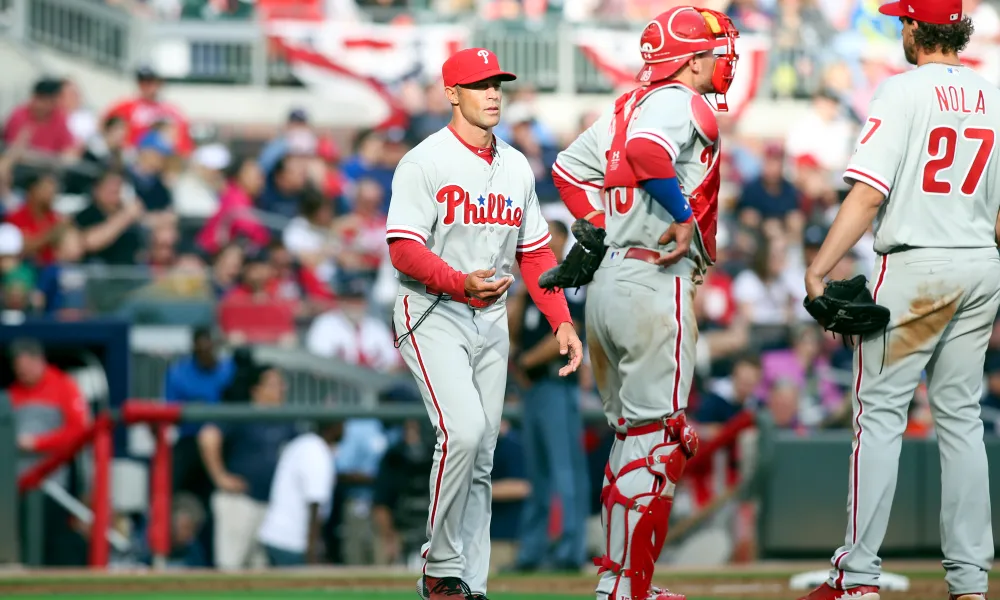
How to build a successful bullpen
Define pitcher roles
Order and stability may be improved within the bullpen by giving relief pitchers clear duties. Long relievers, middle relievers, setup men, and closers are typical positions.
Establish a successful pitching routine
For relievers, establishing and adhering to a regular pitching regimen is essential. This consists of a warm-up, a warm-down, and a pre-game routine.
Finding and developing pitching talent
Finding and developing exceptional pitchers is the first step in creating a successful bullpen. In doing so, my coach would assess the pitchers in our farm system, evaluate possible draught selections, and monitor free agents.
Put versatility first
A good bullpen requires diverse relief pitchers who can perform well in various settings.
In-game adjustments
Baseball is referred to as the game of adjustments. When I was on the field, my coach encouraged the team to adjust two things. Those two things were:
- Figuring out the pitcher’s strategy
- Adjusting the umpire strike zone
Unravelling the pitcher’s strategy
The offense must comprehend the pitcher’s strategy for getting each hitter out.
The hitter must go closer to the plate to hit the ball to the opposite-field gap if the pitcher routinely delivers pitches in the outside portion of the strike zone.
The batter should believe that the pitcher does not influence how hard he hits the ball or where he hits it.
Adjusting the umpire strike zone
The area known as the strike zone is where a pitch must go before it may be deemed a strike, even if the hitter does not swing.
The striking zone of the umpire greatly affects game strategy. Batters can narrow their hitting zone and wait for a good pitch to hit if the umpire has a tiny zone.
Conversely, batters must widen their hitting zone and have a strong two-strike approach if the umpire has a broad strike zone.
The game plan may specify the usage of the take sign when the umpire’s strike zone is small.
If the strike zone is vast, the converse would be true. Hitters must be more aggressive and adjust to the “real” strike zone by moving about in the batter’s box.
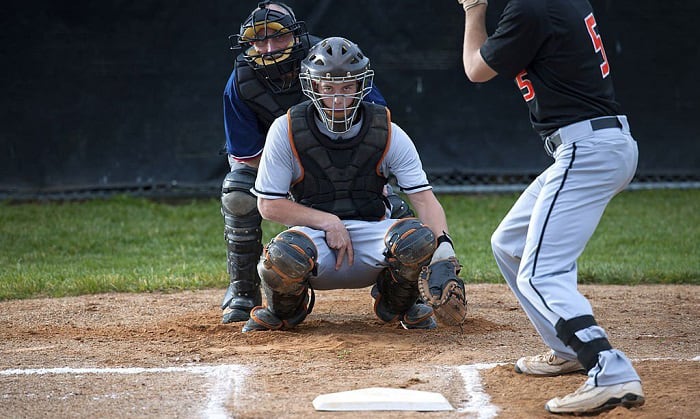
You Might Be Interested: What Is Umpire in Baseball?
Frequently Asked Questions
How do baseball teams adjust strategies during playoffs?
Baseball teams generally change their rotations, lineups, and overarching strategy throughout the postseason. Pitchers are likelier to use the slider more frequently, and coaches frequently turn to relievers early.
Additionally, pitchers may throw harder since they wait a little longer between throws. In general, everyone is making an extra effort to win.
Do weather conditions influence baseball strategies and tactics?
The climate influences everything in baseball. For instance, a ball struck on a hot, muggy day will go further than one struck on a cool, dry night.
MLB clubs often carry on playing in mild to moderate rain. However, if it is pouring rain or there is standing water on the pitch, play will be stopped.
Ultimately, the approach remains unchanged, but the likelihood of a game being played at all is called into doubt.
Are there any defensive strategies to neutralize power hitters on the opposing team?
The pitcher must first be assertive and aggressive while facing a power hitter.
The pitcher must next identify the hitter’s vulnerability to reach an out strike. For instance, the pitcher should be aware of the hitter’s weakness with curveballs and should use them to his advantage. The pitcher must also throw a fastball with confidence.
Finally, the pitcher needs to have multiple defensive strategies. This might be accomplished by simply observing and identifying the hitter’s advantages and disadvantages.
Are there any strategies to prevent the power hitter from being neutralized?
So that the pitcher can’t merely serve up a trash performance to try and counteract that power, a power hitter requires a batter behind them to protect them.
The league may dictate that the team’s best players be placed where they will have the biggest influence on defense.
Can defensive strategies change depending on the game’s score and inning?
The number of outs and the batter’s count determine the scenario, and coaches frequently alter their strategy throughout a game.
Depending on the hitter’s and pitcher’s strengths and limitations, the approach also varies from batter to batter.
Final Thoughts
It is important to remember that every team is unique and has its own style of play. A plan that works for one team won’t necessarily have the same impact on another club.
Therefore, you need separate strategies for like teams if you want to win the game.
Baseball strategies that are created with the present game circumstances in mind can boost your chances of success and help you become the champion.
To win, you must play carefully and employ the proper strategy, whether on the game’s attacking or defensive side.
